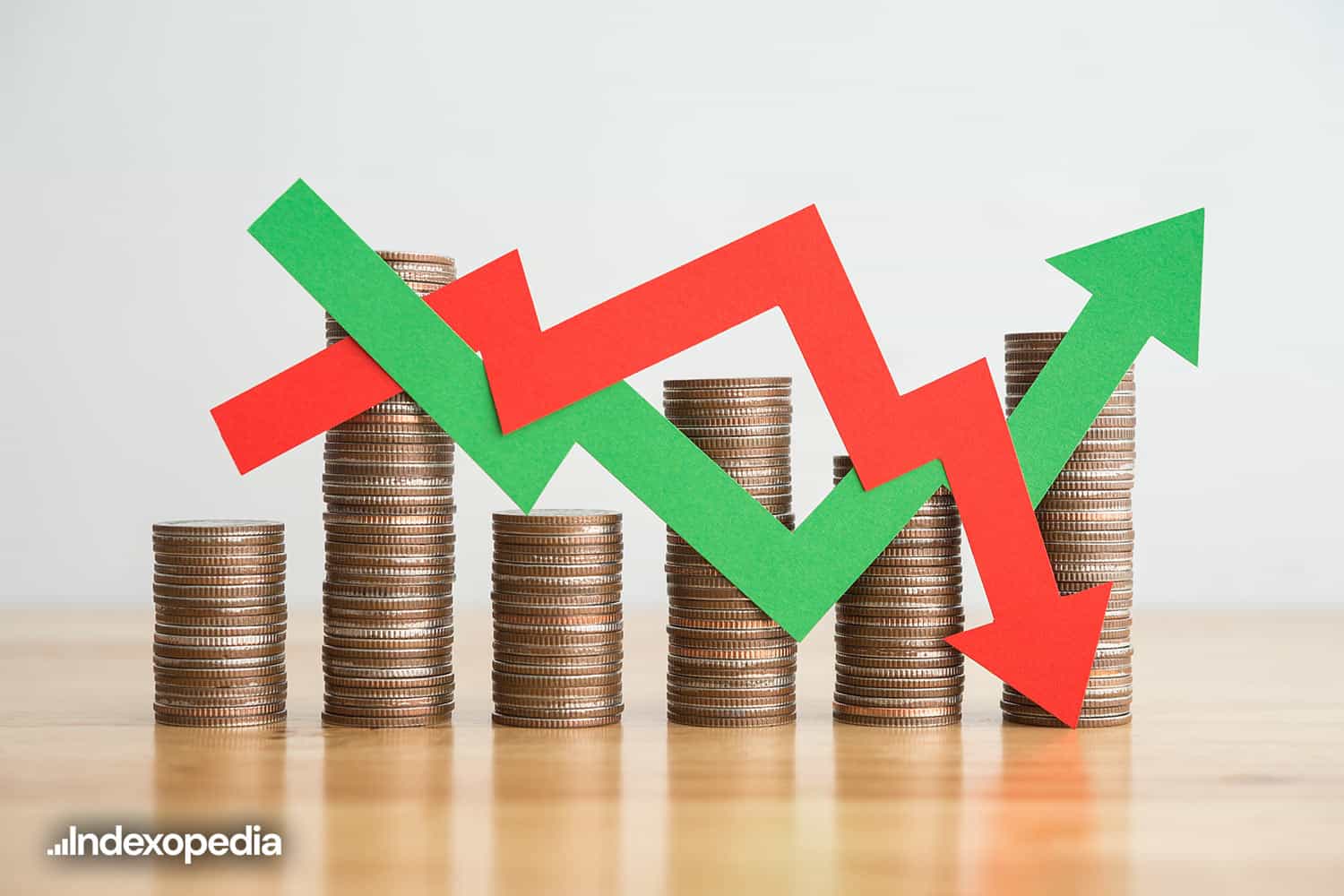

Investors often rely on historical returns to assess the performance of individual stocks, sectors, or entire asset classes. However, focusing on average returns–whether for an individual asset or for an entire portfolio–can lead to misconceptions when those returns experience sudden flips. A “flip” occurs when a particular asset, sector, or class of assets transitions from positive returns to negative returns (or vice versa) over a short period. These fluctuations can have a significant impact on investor behavior, often leading them to chase past performance or abandon sound investment strategies. Understanding how average returns can shift dramatically, and the implications of these changes, is crucial for long-term investment success. When average returns change unexpectedly, they can mislead investors into making decisions based on recent results. Take, for example, sectors or asset classes that see a large rally in one year–this can significantly skew the average returns for a given period. The recent positive performance can draw in investors, tempting them to concentrate their investments in the outperforming asset. However, as history has shown, once returns flip, the performance can turn negative just as quickly. The most